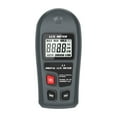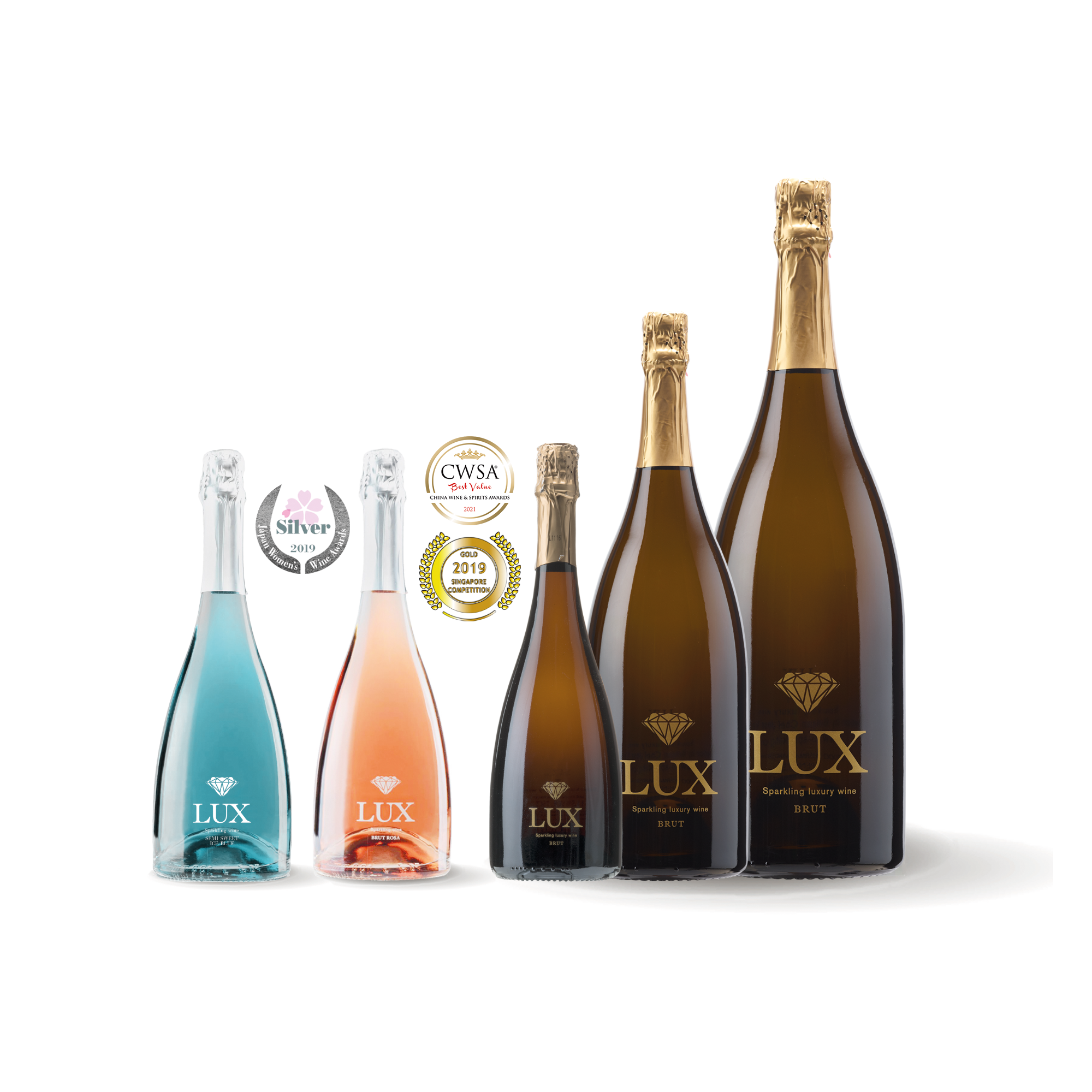Have you ever wondered what lux actually measures? If you’re diving into lighting terminology or trying to understand light intensity, you’re in the right place. Lux is more than just a buzzword; it’s a crucial measurement that impacts everything from photography to interior design. Let’s break it down and make it simple for you to grasp, no matter your background.
Light is everywhere, but quantifying it can feel like rocket science. Fear not! In this article, we’ll explore the concept of lux in a way that’s easy to digest. Whether you’re a homeowner looking to optimize your living space or a professional photographer aiming for the perfect shot, understanding lux is key. Stick around, and we’ll unravel the mystery together.
Before we dive deep, let’s get one thing straight: lux isn’t just for scientists or engineers. It’s a practical measurement that affects your daily life more than you might realize. From choosing the right light bulb to designing a workspace, lux plays a vital role. So, let’s jump right in and explore what lux measures and why it matters.
- Somali Wasmo Telegram 2025 Find Join Channels Now
- Hdhub4u Com 2024 Your Ultimate Destination For Highquality Entertainment
- Miaz And Girthmaster Full Video
- Animeflv Alternatives
- Sotwe Trk News Amp Trends Today
Understanding Lux: A Beginner's Perspective
When someone asks, "What does lux measure?" the simplest answer is that it measures the intensity of light as perceived by the human eye. But there’s more to it than meets the eye. Lux is a unit of measurement that quantifies how much light falls on a surface, expressed in lumens per square meter (lm/m²). Think of it as the brightness of light in a specific area.
Why Lux Matters in Everyday Life
Ever walked into a room and felt like the lighting was either too harsh or too dim? That’s where lux comes into play. Proper lighting is essential for comfort, productivity, and even safety. For instance:
- Office environments typically require around 300-500 lux to ensure employees can work comfortably.
- Reading areas may need up to 750 lux to reduce eye strain.
- Industrial spaces often demand higher lux levels, sometimes exceeding 1,000 lux, for precision tasks.
Understanding these numbers helps you create spaces that are not only functional but also pleasant to be in.
- Discovering The World Of Vegamovies Hdhub4u Your Ultimate Guide
- Bollyflix
- 4 Movierulz Kannada New 2025
- The Junko Furuta Case A Story Of Torture And Injustice
- 0gomoviescom Official Site Your Ultimate Movie Streaming Destination
How Lux Differs from Lumens
Now, here’s where things get interesting. While lumens measure the total amount of light emitted by a source, lux measures how that light is distributed over a surface. Imagine shining a flashlight: the beam might emit 100 lumens, but if it’s focused on a small area, the lux value will be high. Spread the same light across a larger area, and the lux value drops. See the difference?
What Does Lux Measure in Practical Terms?
Let’s get real for a moment. Lux isn’t just a theoretical concept; it has practical applications in various fields. Here’s how it applies to different scenarios:
Lux in Home Design
When designing a home, lighting is one of the most critical factors. Lux helps you determine the right balance of brightness for different rooms. For example:
- Kitchens often benefit from higher lux levels (around 500-750 lux) to ensure tasks like cooking and cleaning are easy on the eyes.
- Living rooms might require a cozier feel, with lux levels around 150-300.
- Bathrooms, especially those with mirrors, should aim for at least 400 lux to enhance visibility during grooming.
By understanding lux, you can create spaces that cater to both functionality and aesthetics.
Lux in Photography
Photographers know all too well how lighting can make or break a shot. Lux plays a significant role in this process. Whether you’re shooting indoors or outdoors, knowing the lux levels allows you to adjust your camera settings for optimal results. For instance:
- Low lux environments (like dimly lit rooms) may require longer exposure times or wider apertures.
- High lux environments (like sunny outdoor scenes) might demand faster shutter speeds to avoid overexposure.
Mastering lux means mastering light, and that’s half the battle in photography.
How Is Lux Measured?
Measuring lux isn’t as complicated as it sounds. All you need is a lux meter, a small device designed to calculate light intensity. Here’s how it works:
- Place the lux meter in the area you want to measure.
- Ensure the sensor is facing the light source.
- Read the lux value displayed on the device.
Simple, right? Modern lux meters are affordable and easy to use, making them a great tool for anyone looking to optimize their lighting setup.
Common Misconceptions About Lux
There’s a lot of misinformation floating around about lux, so let’s clear the air:
Lux and Distance
One common misconception is that lux remains constant regardless of distance. In reality, lux decreases as you move further from the light source. This phenomenon is governed by the inverse square law, which states that light intensity diminishes proportionally to the square of the distance from the source. So, if you double the distance, the lux value drops to one-fourth of its original value.
Lux and Color
Another misunderstanding is that lux measures the color of light. This isn’t true. Lux focuses solely on the intensity of visible light, not its hue or warmth. For color-related measurements, you’d need to look at color temperature (measured in Kelvin) or CRI (Color Rendering Index).
The Role of Lux in Sustainability
In today’s world, sustainability is a top priority. Lux plays a crucial role in energy-efficient lighting design. By understanding the lux requirements for different spaces, you can choose lighting solutions that reduce energy consumption without compromising functionality. For example:
- LED lights are often preferred because they produce high lux levels with minimal energy usage.
- Smart lighting systems can adjust lux levels automatically based on natural light availability, further optimizing energy efficiency.
Embracing lux in your lighting strategy is a step toward a greener future.
Key Statistics About Lux
Numbers speak louder than words, so here are some stats to highlight the importance of lux:
- Studies show that workplaces with proper lux levels experience a 20% increase in productivity.
- According to the International Energy Agency, optimizing lighting accounts for 15% of global electricity consumption.
- LED lights, which are lux-efficient, are projected to dominate 85% of the global lighting market by 2030.
These figures underscore the significance of lux in both professional and personal settings.
Expert Insights on Lux
For a deeper dive, we consulted experts in lighting design and engineering. Here’s what they had to say:
"Lux is the backbone of any lighting plan. It’s not just about making spaces brighter; it’s about creating environments that enhance well-being and performance." – Dr. Emily Carter, Lighting Engineer
Experts agree that understanding lux is essential for anyone involved in lighting design, whether professionally or personally.
How to Optimize Lux Levels in Your Space
Now that you know what lux measures, let’s talk about how to apply this knowledge. Here are some practical tips:
1. Assess Your Needs
Different activities require different lux levels. Start by identifying what you’ll be using the space for and adjust accordingly.
2. Use Layered Lighting
Incorporate multiple light sources to create balanced lux levels. Combine ambient lighting with task lighting for optimal results.
3. Consider Natural Light
Maximize the use of natural light to reduce the need for artificial lighting during the day. This not only saves energy but also enhances the overall ambiance.
Conclusion: Why Lux Matters
So, there you have it – a comprehensive guide to what lux measures and why it’s important. From home design to photography, lux plays a vital role in shaping our daily experiences. By understanding and optimizing lux levels, you can create spaces that are both functional and inviting.
Don’t forget to share your thoughts in the comments below! And if you found this article helpful, feel free to share it with friends and family. Together, let’s shed some light on the world of lux.
Table of Contents
- Understanding Lux: A Beginner's Perspective
- Why Lux Matters in Everyday Life
- How Lux Differs from Lumens
- What Does Lux Measure in Practical Terms?
- Lux in Home Design
- Lux in Photography
- How Is Lux Measured?
- Common Misconceptions About Lux
- Lux and Distance
- Lux and Color
- The Role of Lux in Sustainability
- Key Statistics About Lux
- Expert Insights on Lux
- How to Optimize Lux Levels in Your Space
- Assess Your Needs
- Use Layered Lighting
- Consider Natural Light
- Exploring The World Of Hdhub4u Today Your Ultimate Guide
- Explore Mydesinet Your Gateway To Indian Entertainment More
- Aagmalgives
- 4k Movies Khatrimaza Your Ultimate Guide To Highresolution Entertainment
- Unlock The World Of Extramovies Your Ultimate Guide To Streaming Bliss


